Nara is a famous tourist destination in Kansai region, for its massive deer park and Todaiji Temple. Yes, you find deer everywhere in Nara Park, as they roam freely in the wild. The deer here is consider messengers of God according to the shinto religion and is regarded as a national treasure here.

They are quite tame actually but one has to be careful anyway. Of course you can buy shika senbei (deer biscuits) to feed them, that’s the fun part! There are vendors everywhere selling this biscuits for deer.
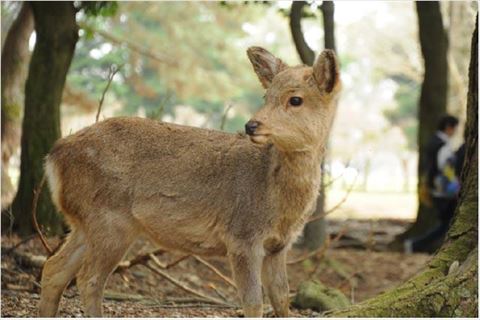
As we walked from Nara Park to our Todaiji Temple, you will pass Himuro Jinja Shrine where you can stop for a while to take pictures of the sakura here if you come during sakura season. It’s quite a pretty sight here and a welcome break from our long walk to Todaiji Temple.
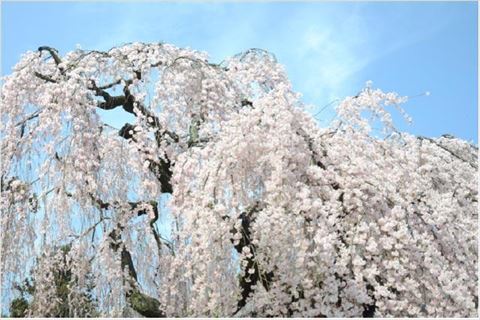
It is quite a long walk from Nara Station to Todaiji Temple, it’s about 1.4km, but it’s a nice pleasant walk. But there is always the option to go on the trishaw if one is lazy.
The beginning of building a temple where the Todaiji temple sits today can be dated to 728, when Emperor Shomu established Kinshosen-ji (金鐘山寺) as an appeasement for Prince Motoi, his first son with his Fujiwara clan consort Komyoshi. Unfortunately, Prince Motoi died a year after his birth.
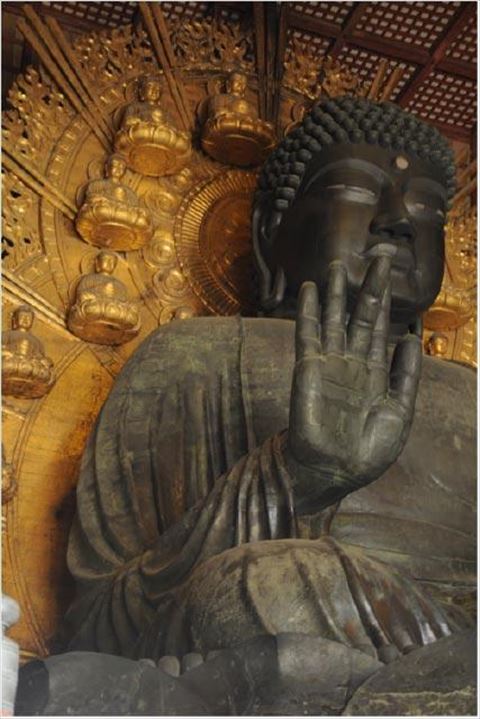
According to records kept by Todaiji, more than 2,600,000 people in total helped construct the Great Buddha and its Hall. The 16 m high statue was built through eight castings over three years, the head and neck being cast together as a separate element. The making of the statue was started first in Shigaraki.
After enduring multiple fires and earthquakes, the construction was eventually resumed in Nara in 745, and the Buddha was finally completed in 751. A year later, in 752, the eye-opening ceremony was held with an attendance of 10,000 people to celebrate the completion of the Buddha. The Indian priest Bodhisena performed the eye-opening for Emperor Shomu. The project nearly bankrupted Japan's economy, consuming most of the available bronze of the time.
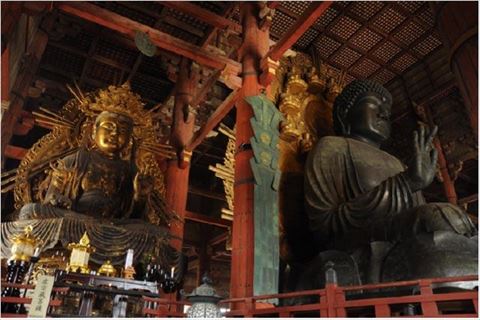
The original complex also contained two 100 m pagodas, perhaps second only to the pyramids of Egypt in height at the time. These were destroyed by an earthquake. The Shosoin was its storehouse, and now contains many artifacts from the Tenpyo period of Japanese history.
The Todaiji Temple in Nara is still rank among the most famous and historical temple in Japan. The main hall, Daibutsuden is the world's largest wooden building, according to the temple facts.
Access Map to Todaiji:
■■■My Back Number Articles■■■
Tokyo’s center of luxury: Ginza
https://www.fun-japan.jp/id/Articles/2014/08/07/01/22/2014080705-tokyo-center-of-luxuary-ginza
A delicacy straight from Hokkaido: the Yubari Melon
https://www.fun-japan.jp/id/Articles/2014/08/01/02/32/2014080203-hokkaido-yubari-melon
The Champs-Elysees of Tokyo: Omotesando!
https://www.fun-japan.jp/id/Articles/2014/07/23/03/18/2014072404-tokyo-omotesando
Matsushima, one of the three marvels of Japan!
https://www.fun-japan.jp/id/Articles/2014/07/23/06/44/2014072501-matsushima
Asakusa: No contest one of the most popular spots in Tokyo!
https://www.fun-japan.jp/id/Articles/2014/07/22/02/03/2014072203-most-popular-spots-asakua
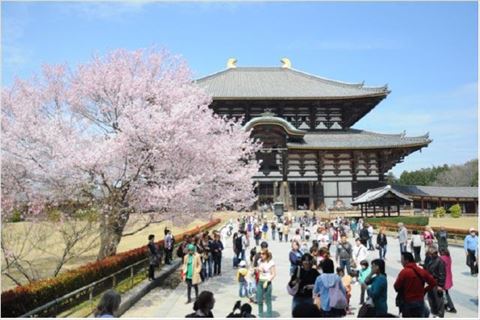

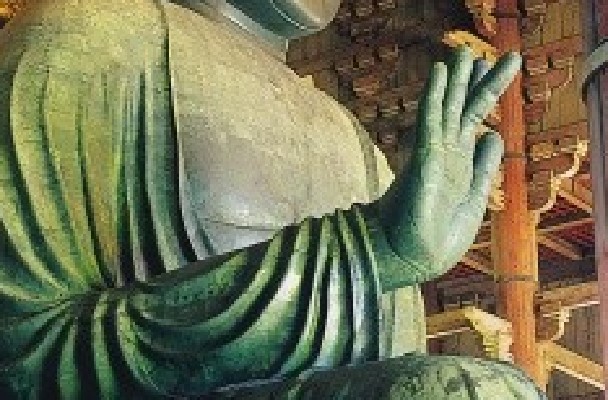
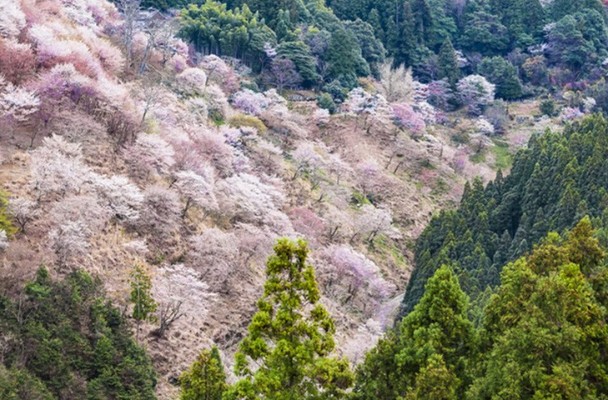
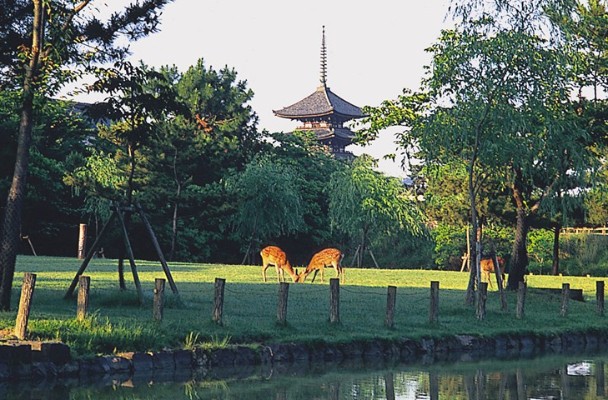
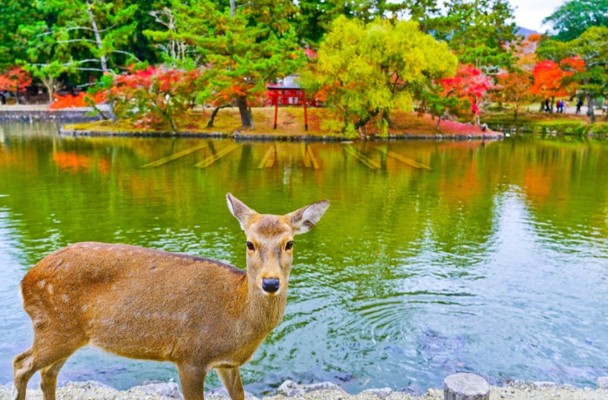
Comments